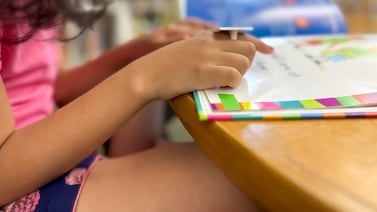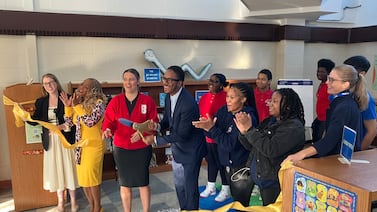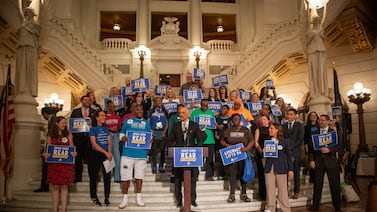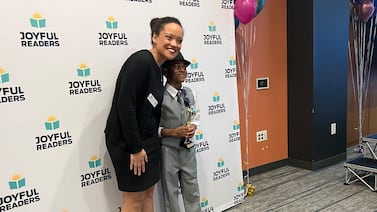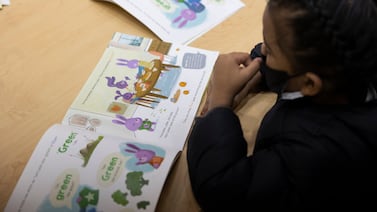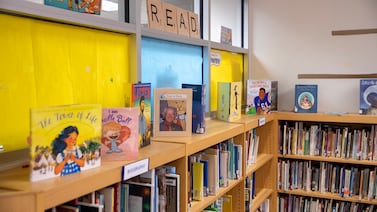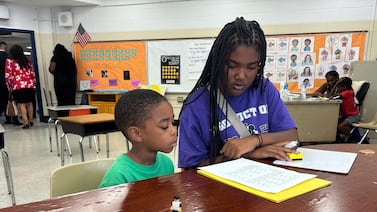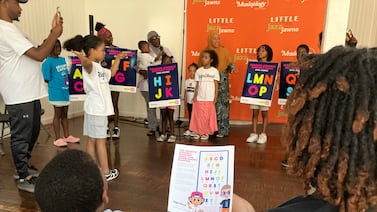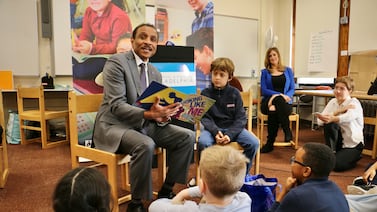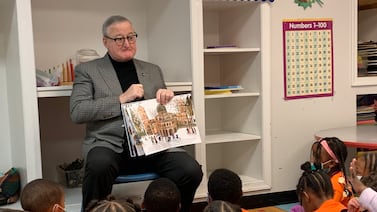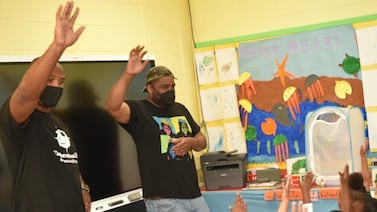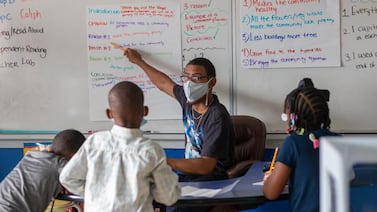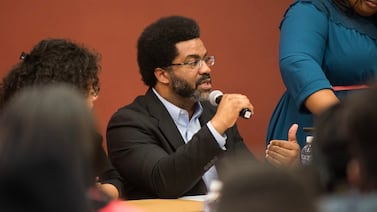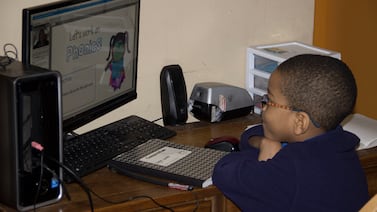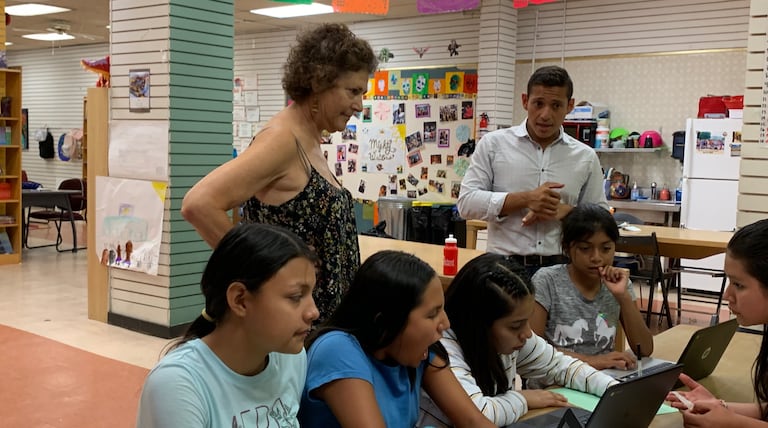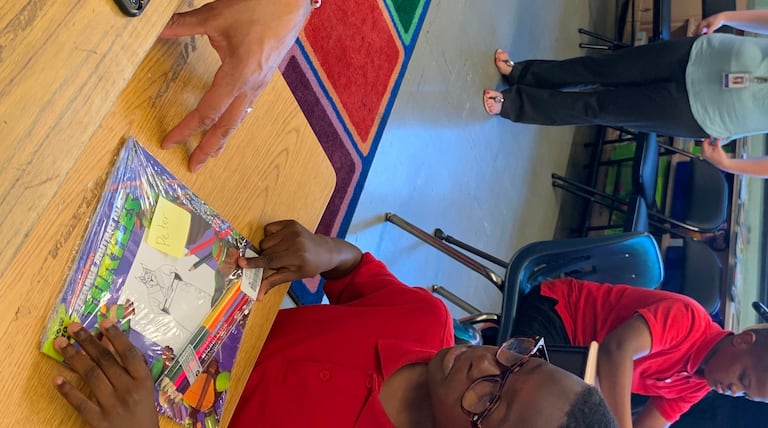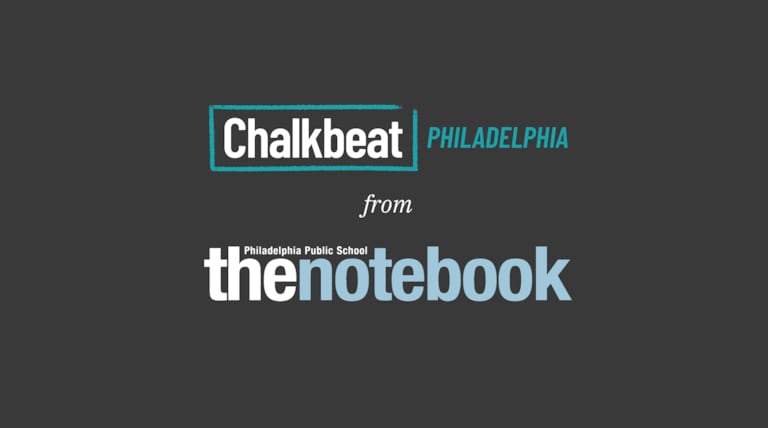literacy
The district spent $25 million on the new curriculum. Officials say more training, support, and patience are needed.
Building a new school library at William C. Bryant elementary took nearly a year and support from several community organizations. Now, students will have access to more than 5,000 new books.
Two proposed bills would create resources and incentives for districts to teach students to read using research-backed strategies, including phonics and word decoding.
The Trump administration’s cuts to AmeriCorps programs like Joyful Readers, City Year, ArtistYear, and Teach for America will impact more than 7,500 Philly-area students.
The Pennsylvania Literacy Coalition cited data that just 1 in 3 state students can read proficiently by fourth grade.
Some said the new instructional materials try to cover too much, and that they’re not very well prepared to teach it. But they also expressed hope about its long-term impact on students.
A $150,000 federal grant will help an alliance of educators, policymakers, and others draw up a plan to increase the number of school libraries.
Teachers will start using teaching methods and materials that align to what’s now widely considered the best approach to literacy instruction. But experts caution it won’t solve all problems overnight.
Right2ReadPhilly is the city's latest reading program dedicated to promoting literacy outside of classroom instruction.
The challenge is meant to complement classroom instruction by helping students grow their love of learning, Superintendent Watlington said, while they practice literacy skills at home like vocabulary and reading comprehension.
Advocates and others say the city’s “Read by 4th” campaign and other efforts have built a strong foundation.
Brent Johnstone and Akeiff Staples started FathersRead365 from scratch five years ago and worked hard to expand its reach.
But district data suggest drops were similar across racial, socioeconomic lines
At El Futuro, the only bilingual site, students learn not only writing, but also about Mexican culture.
All kindergarten through 3rd-grade students will receive up to three free books every month through the nonprofit BookTrust, with a grant from the William Penn Foundation,
And attaining graduation, even from college, doesn’t always guarantee them.
Ten elementary schools will have their 18-month projects funded and evaluated.
The Philadelphia educator and social entrepreneur focused on big-picture problems, founding several nonprofit organizations.

